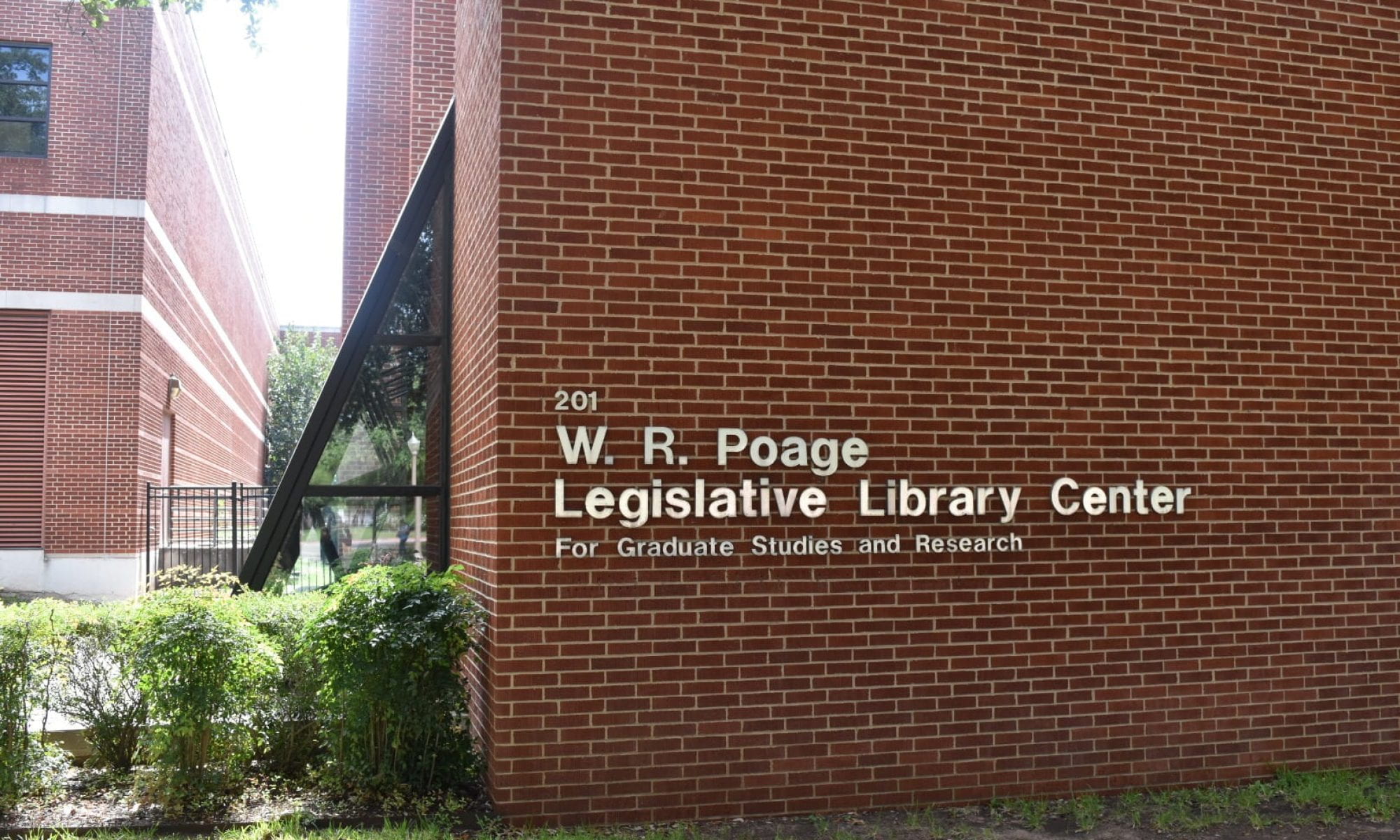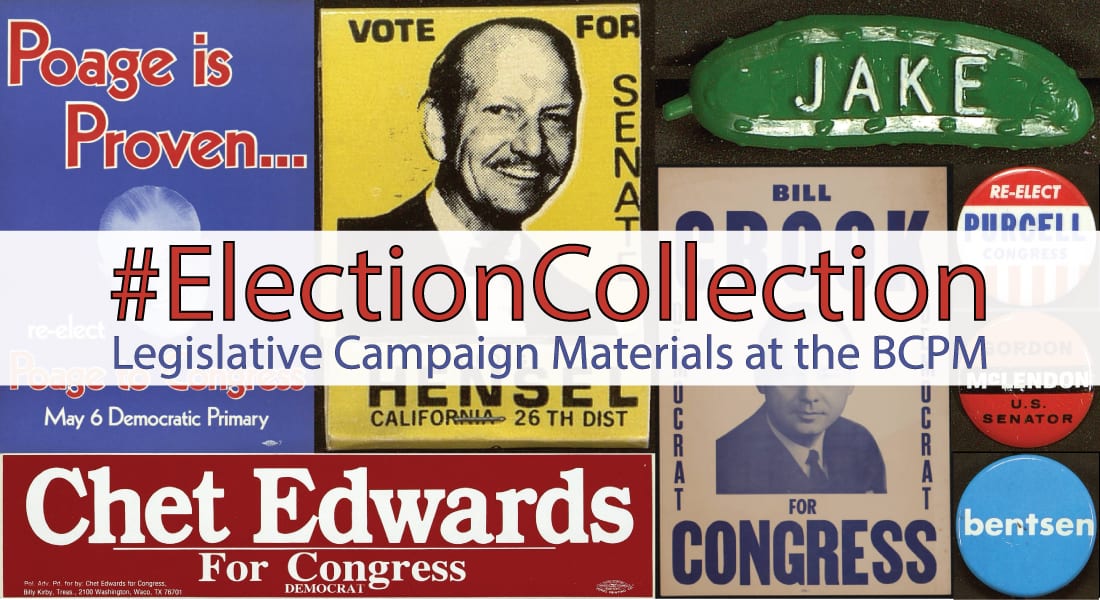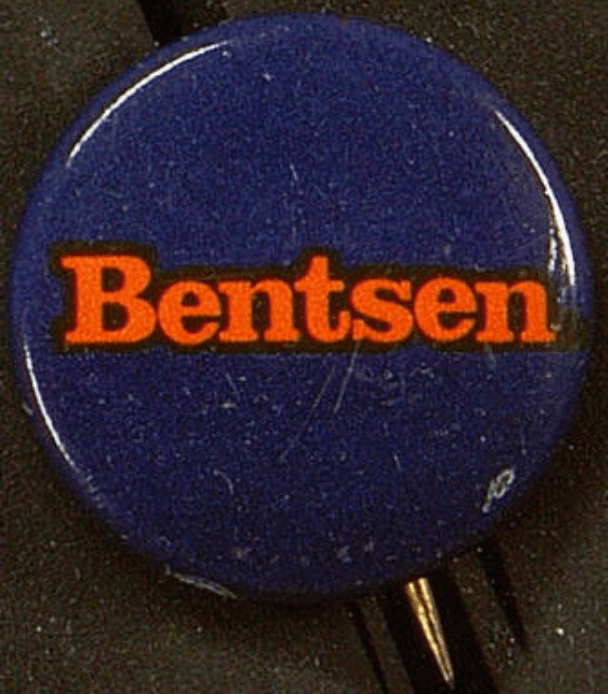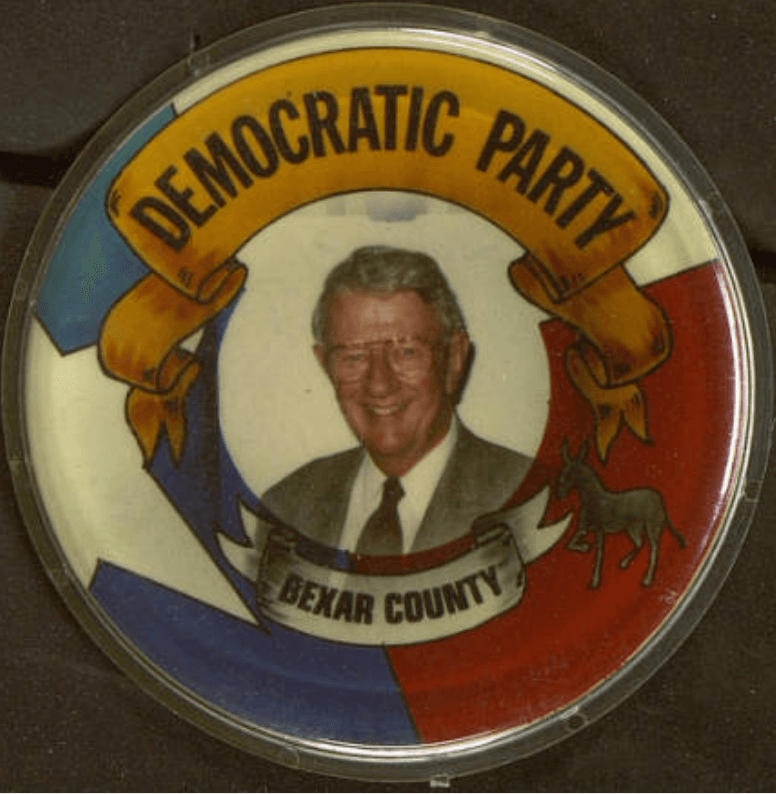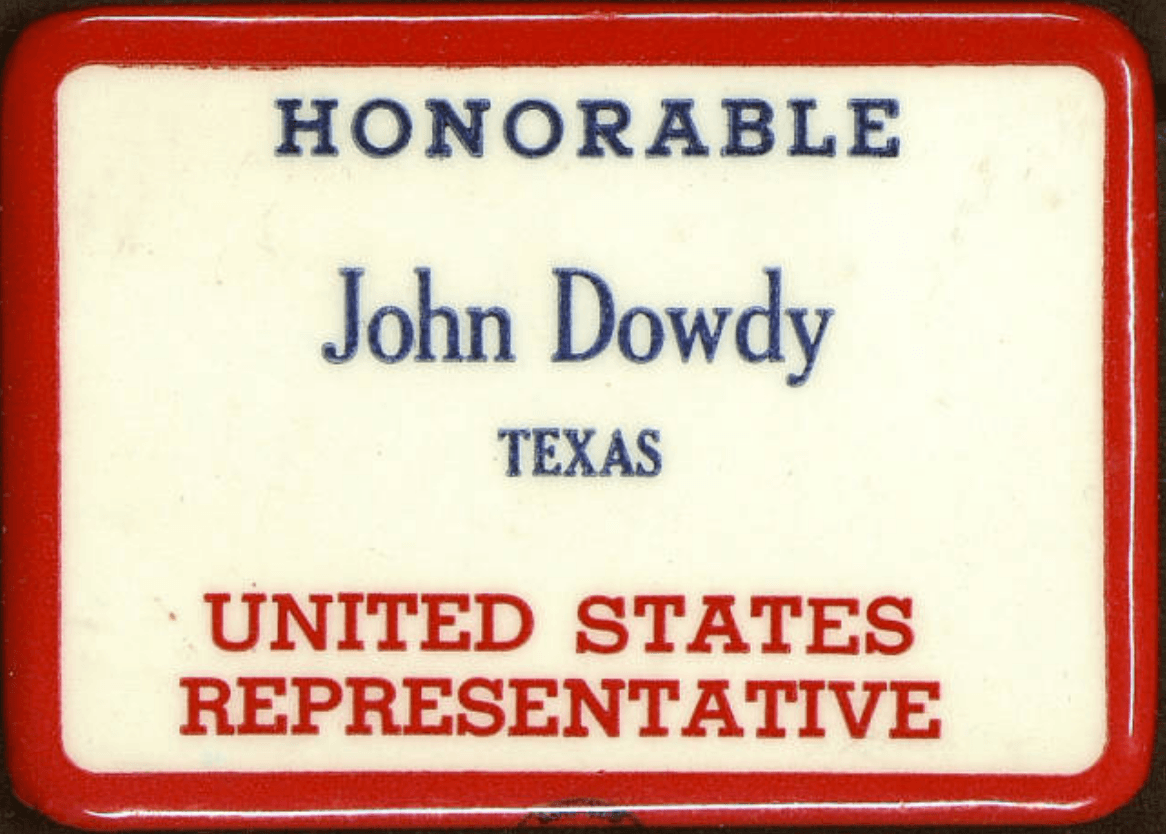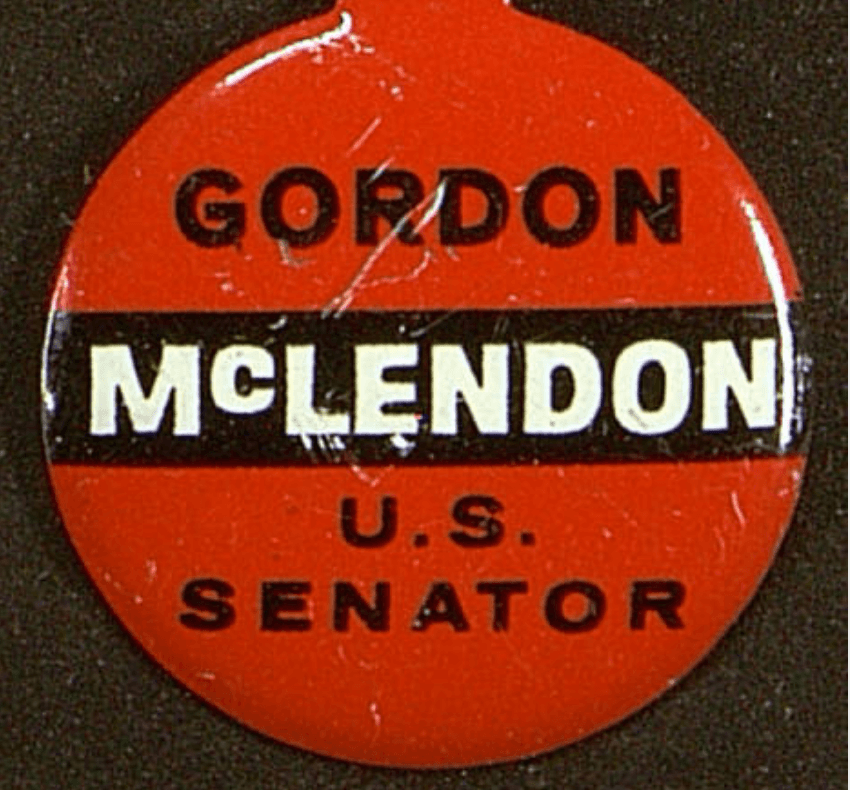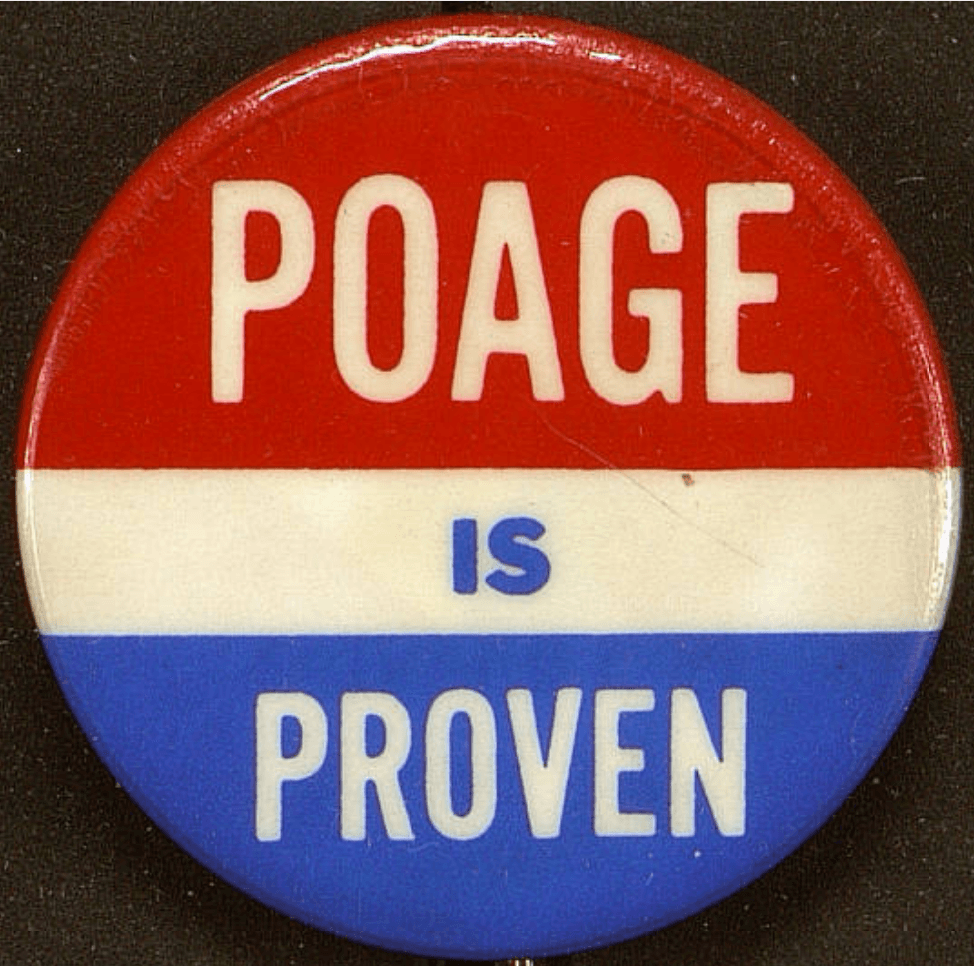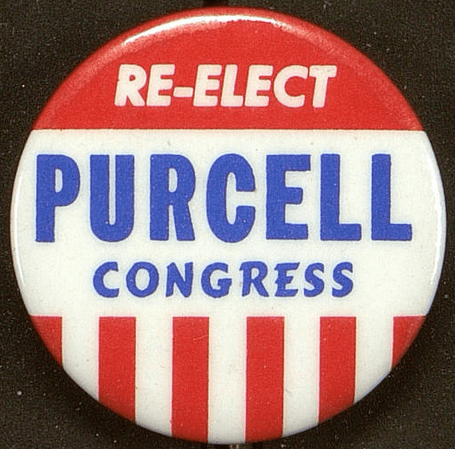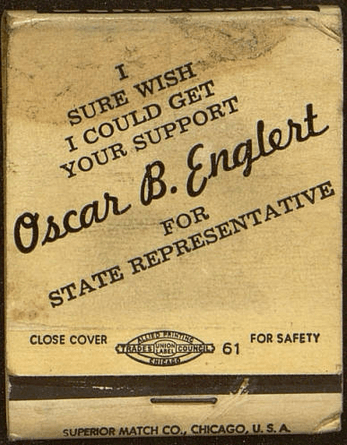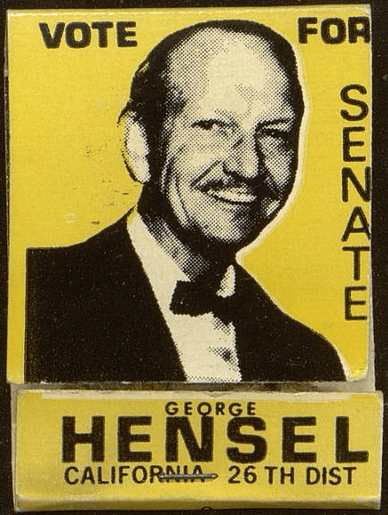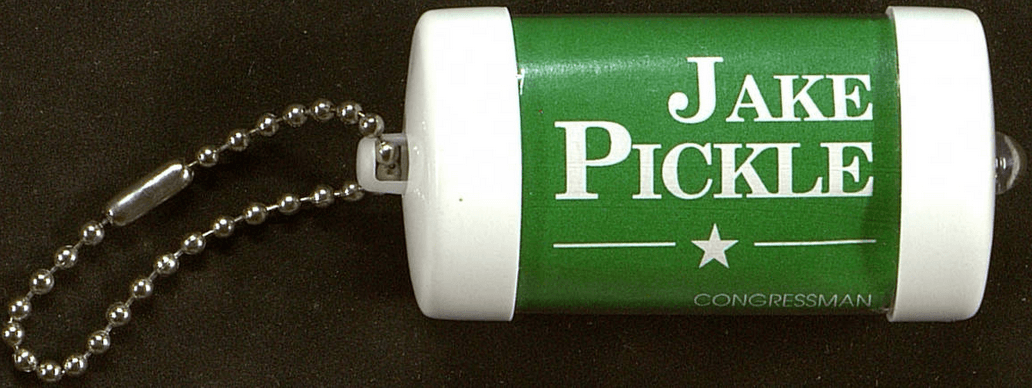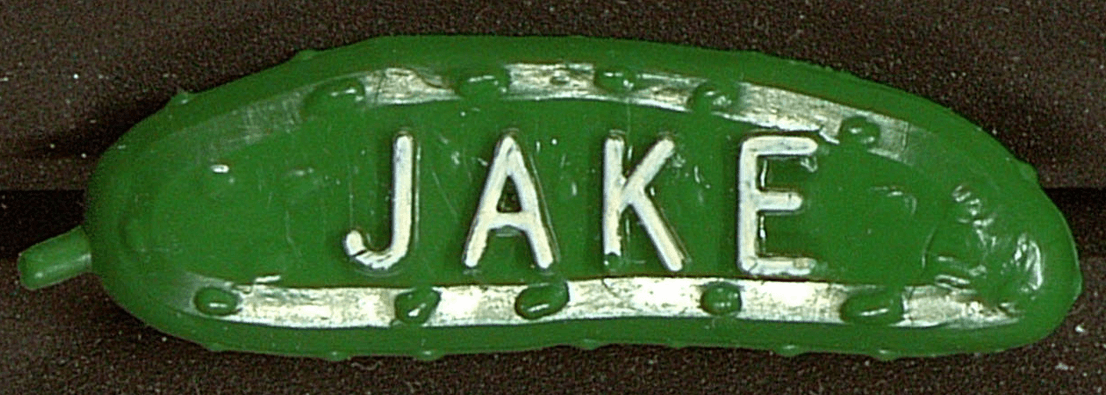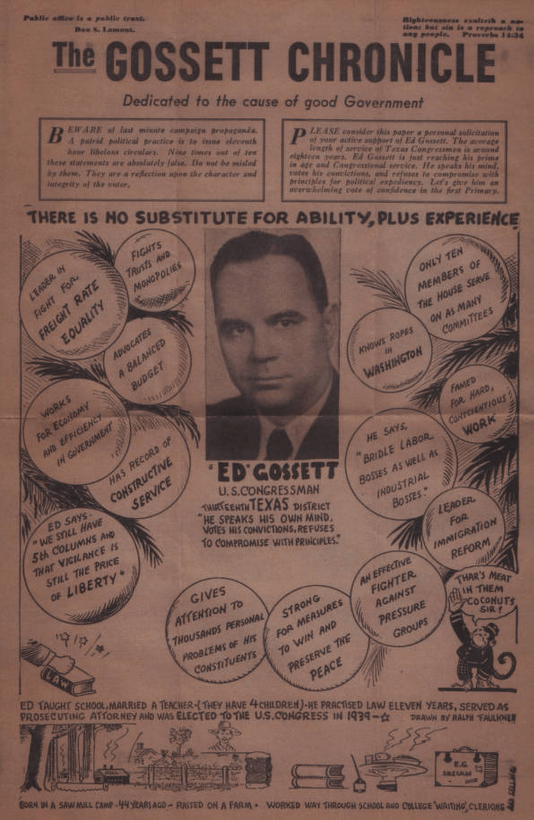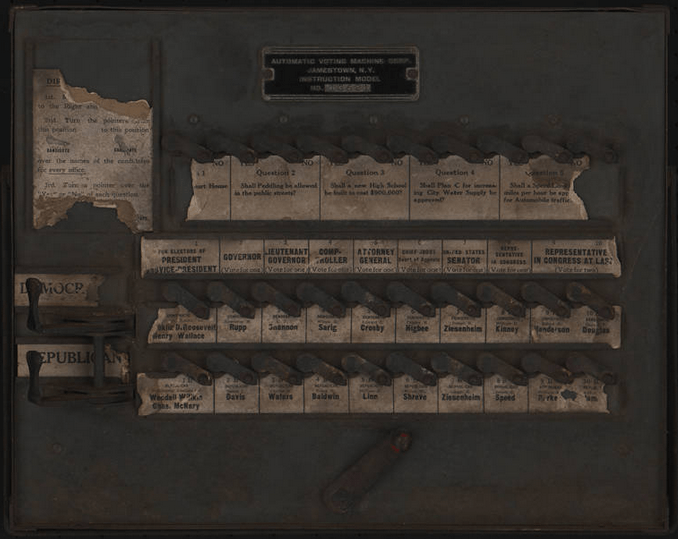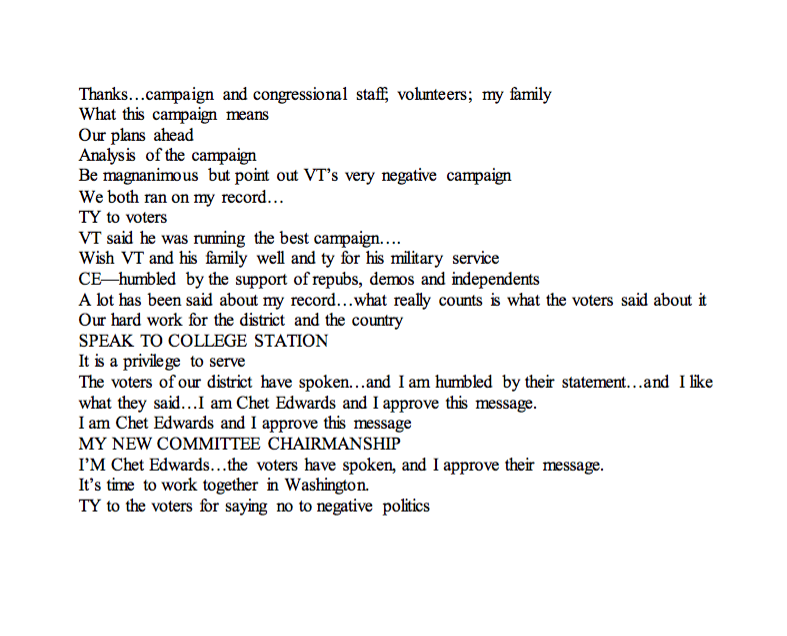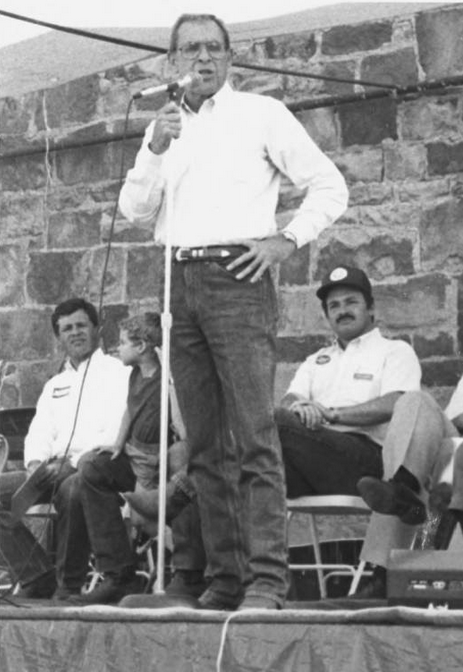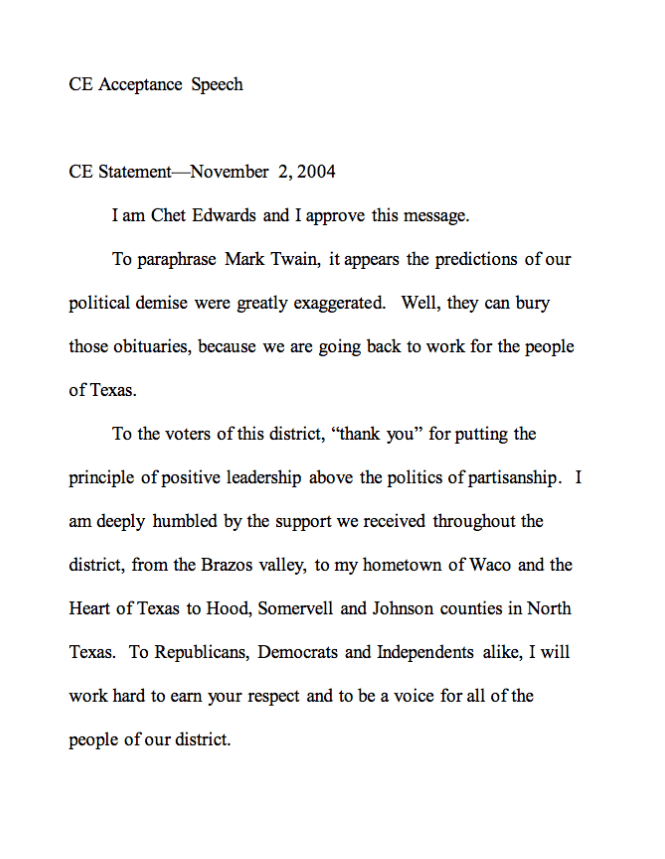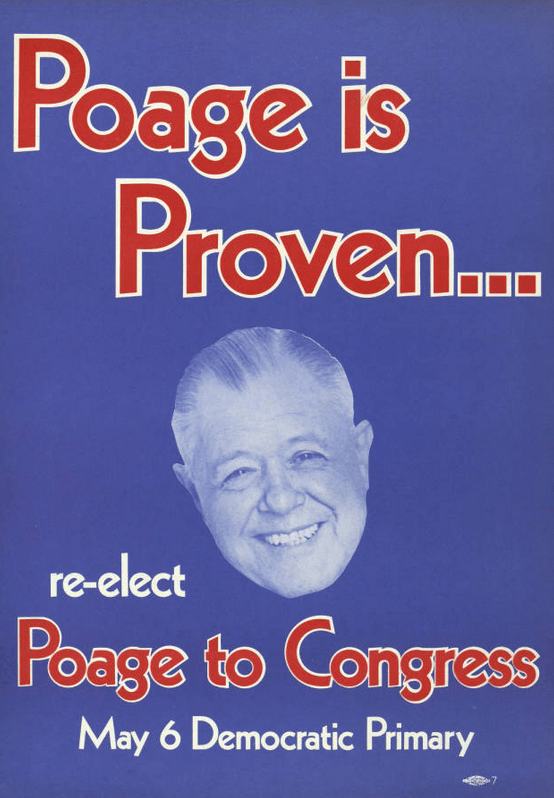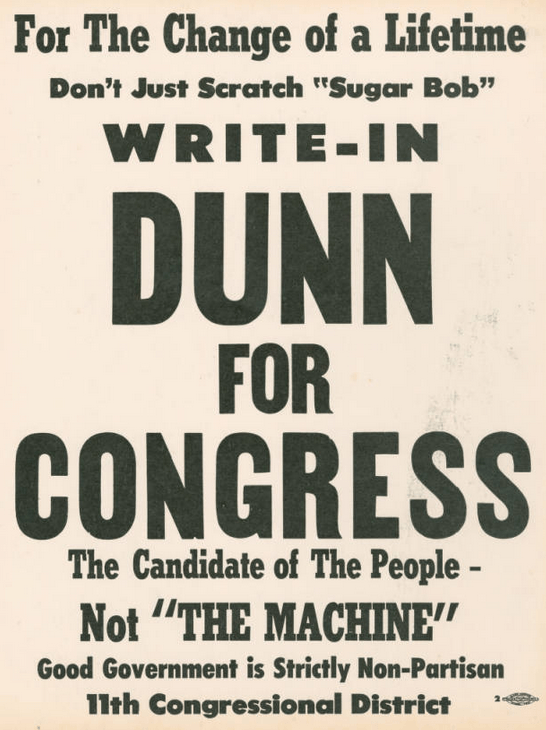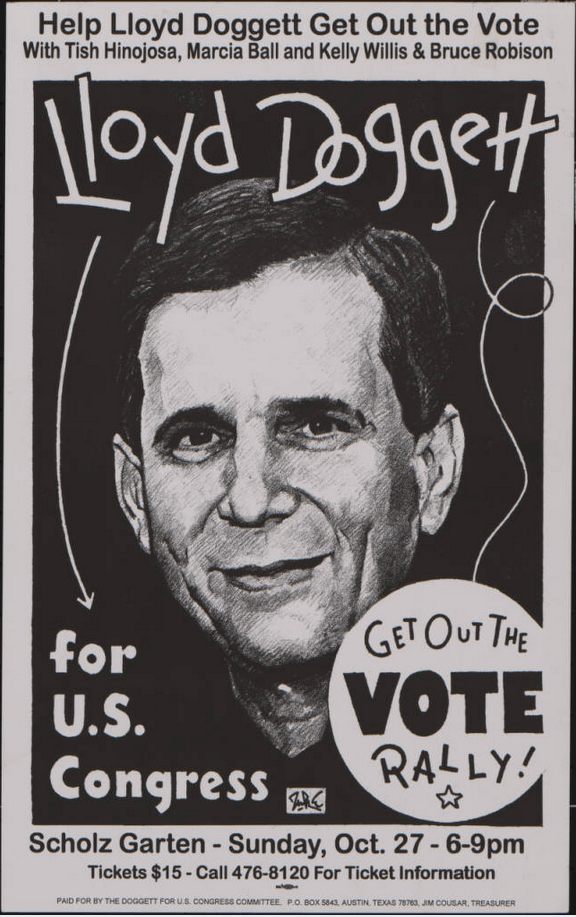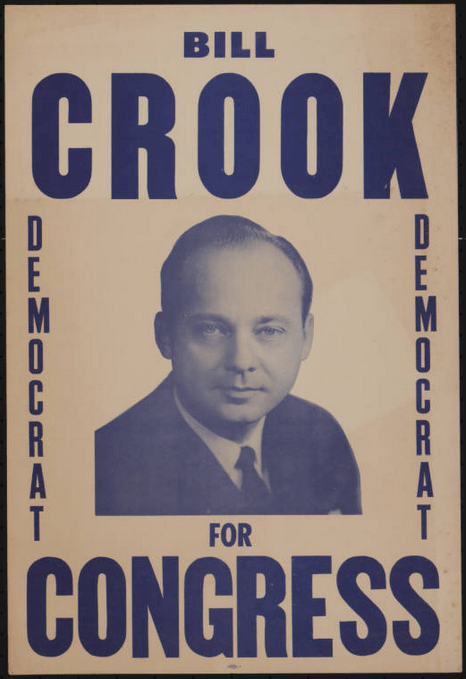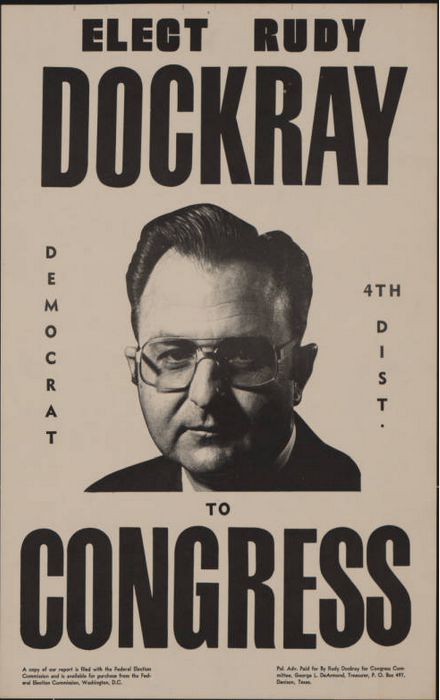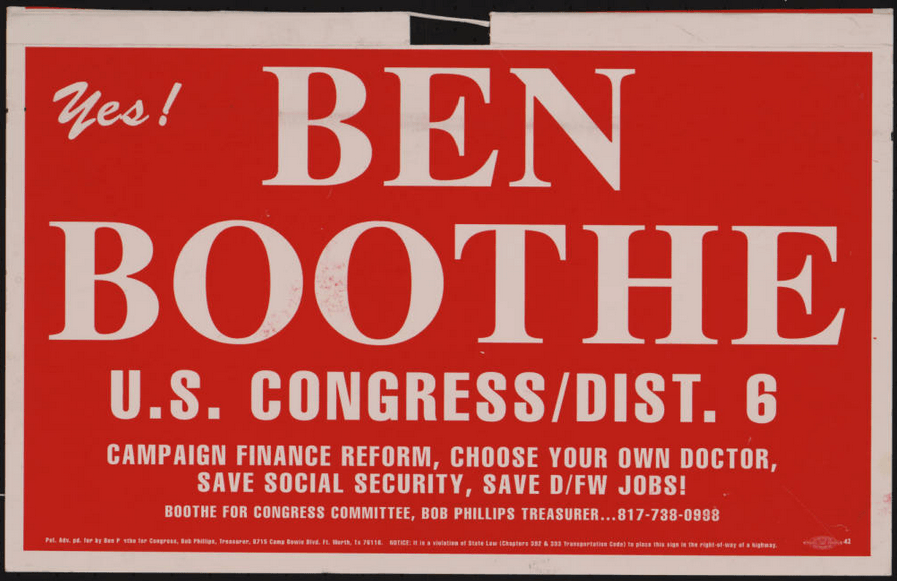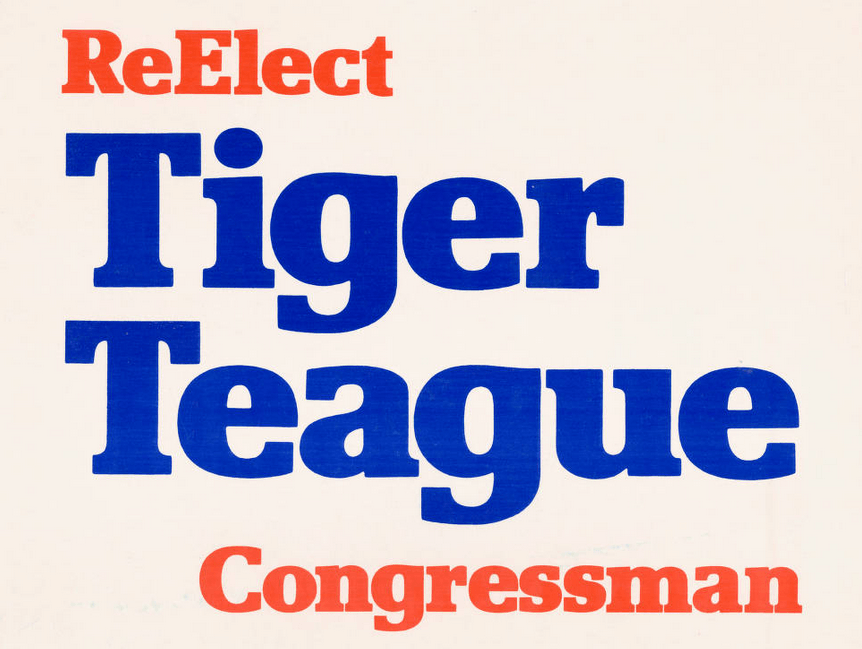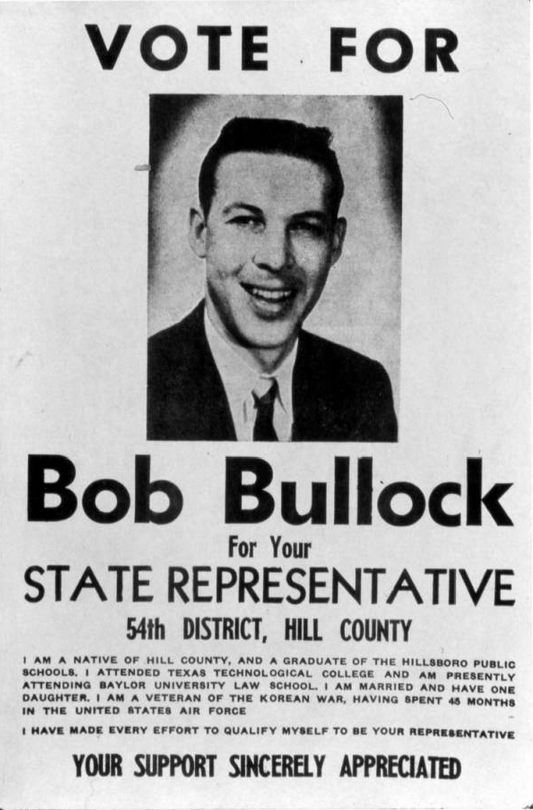On Tuesday, November 8th, 2016, Americans across all 50 states will cast their votes. They will, collectively, elect 435 members to the House of Representatives, 34 Senators, 12 state Governors, 1 Vice President and 1 President. This date – the first Tuesday after the first Monday in November – was set by Congress in 1845 and has remained constant ever since. This year, we’re commemorating Election Day with a brand new digital exhibit. We’re calling it our #ElectionCollection, and throughout the month of October leading up to Election Day, we’ll be digging into our collections and pulling out some of our most interesting Congressional election-related materials.
Why Congressional materials? Because the legislative branch, more than the executive or judicial branch, is “the branch of the people.” Congressmen and Senators represent the interests of their constituent states and districts at the federal level, crafting legislation that will impact the daily lives of Americans in a very real way. These men and women know their constituents more intimately than any other federal elected official, communicating with them over months and years to learn what they find important and how they expect government to perform.
Learn more about the NARA campaign that inspired our exhibit here.
Credits
Baylor Collections of Political Materials, Digital Projects Group
BUTTONS
Campaign buttons are a fun and easy way for constituents to support their candidate. The buttons in this collection cover elections from many campaigns and districts across Texas. Campaigns often design their buttons to communicate pithy slogans and use bold colors to help possible voters remember a candidate. Some buttons, particularly those of incumbents, simply feature a candidate’s name. The buttons in our #ElectionCollection were donated by voters and campaigns to preserve the historicity of the election process.
Lloyd Bentsen campaign button [undated]
Lloyd Bentsen was a United States Senator who represented Texas from 1971–1993. His most famous moment came during the 1988 vice presidential debate, when he chided his opponent, Dan Quayle, by telling him that “You’re no Jack Kennedy” in response to Quayle’s claim that he had as much experience as Kennedy did when he was elected.
Lloyd Bentsen campaign button [undated]
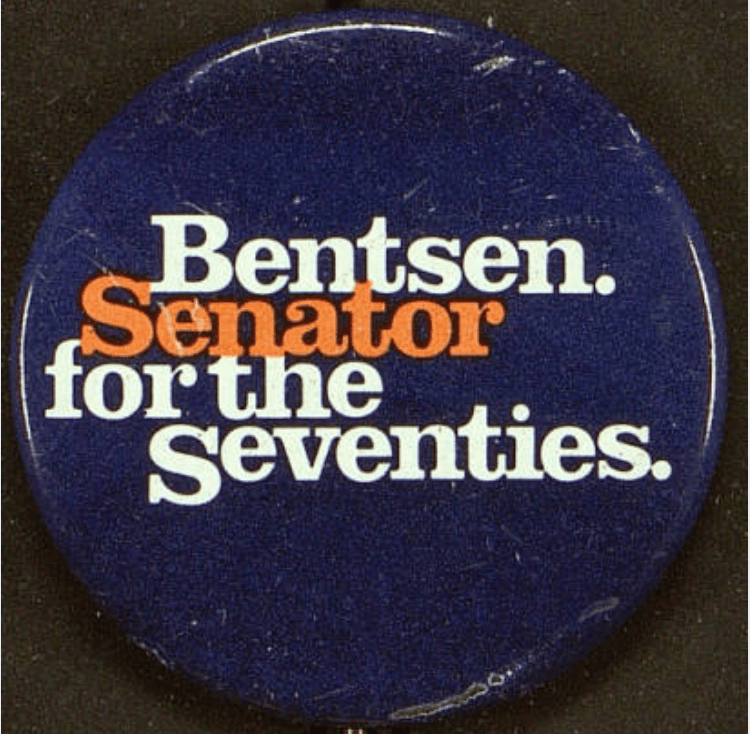
Lloyd Bentsen campaign button [undated]
Blakley for Senate campaign button [undated]
Campaign button for Jack Hightower, Democratic Party candidate, Bexar County, Texas [undated]
Bexar (pronounced “bear”) County is a county in Texas that contains San Antonio. Although he did not represent Bexar County directly, Jack Hightower had supporters there who wore this button to show their support for his candidacy.
John Dowdy campaign button [undated]
Born in Waco, Texas, John Dowdy was a member of the United States House of Representatives from the 7th District of Texas from 1952-1967 who later served the 2nd District as their congressman.
Gordon McLendon for U.S. Senate campaign button [undated]
W. R. “Bob” Poage campaign button [undated]
With a career spanning 42 years of service, W. R. “Bob” Poage was one of the longest-tenured members of Congress. Poage utilized several different campaign slogans, and this particular one — “Poage is Proven” — was used near the end of his career.
Purcell for Congress campaign button [undated]
MATCHBOOKS
Matchbooks remain a popular advertisement for business today due to their versatility and longevity, though this popularity has decreased as commercial lighters have become more widespread. For campaigns, matchbooks provided a way for voters to start political conversations while sharing a cigarette break. These matchbooks included similar design elements to campaign buttons and bumper stickers, though with the added bonus of everyday use by constituents.
Promotional matchbook for the Oscar B. Englert campaign [undated]
Promotional matchbook for the George Hensel campaign [undated]
George Hensel ran for California’s 26th District congressional seat in 1978. Although unsuccessful, his strategy of promoting his business experience and distancing himself from politics rewarded him with a second place finish.
Promotional matchbook for the Ross E. Hershberger campaing [undated]
Promotional matchbook for the Lyndon B. Johnson campaign [undated]
Lyndon B. Johnson was one of the most prolific politicians in United States history, one of only four people to have served as President, Vice President, and in both houses of Congress.
Miscellaneous Items
Some of our items defy easy categorization. These items span the breadth of the election process from voter mobilization to actual vote casting. Each item in this collection provides insight into the democratic process and how it candidates approached their pursuit of public office.
Promotional flashlight keychain issued by the Jake Pickle campaign [undated]
In one of the most egregious examples of utilizing their last name to do the campaigning for them, James “Jake” Pickle would pass out items in the shape of pickles to drum up awareness of his campaign. He passed out buttons, stickers, squeaky toys, and flashlights that were all pickled shaped during his 32-year long congressional career.
Promotional pin issued by the Jake Pickle campaign [undated]
Bumper sticker from the Chet Edwards for Congress campaign [undated]
Campaign advertisement for Ed Gossett campaign [undated]
Voting machine from the 1940 national elections
This voting machine is from the 1940 presidential Election. Included on the ballot is an option for governor, comptroller, United States Senator, and Representative in Congress. An interesting feature of this machine is the ability to either vote Democratic or Republican for each individual position or to vote strictly for whichever party you support all at once.
Text of talking points for speech by U.S. Rep. Chet Edwards [undated]
While many members of Congress have every speech completely written out, some people — such as former congressman Chet Edwards — prefer to improvise. This fascinating text shows which talking points Edwards considered significant enough to discuss while thanking his supporters after another successful campaign.
Photo of Texas Lt. Gov. Bob Bullock on the campaign trail [undated]
Text of first page of speech by U.S. Rep. Chet Edwards, November 2, 2004
Posters
Campaigns designed their posters for display in both public and private arenas. As such, they had to appeal to a variety of possible voters. They had to be simple enough to convey information about a candidate’s policies but interesting enough to catch voters’ attention. Walking this fine line continues to be a difficult process, and campaigns today sometimes employ cutting-edge graphic designers to create their posters.
Poster for the W. R. “Bob” Poage campaign [undated]
This informative campaign poster shows a picture of W. R. Poage and lists all of the counties he would represent in the 11th Texas District. This poster was another success for Poage, who served in Congress for 42 years
Poster for the W. R. “Bob” Poage campaign [undated]
Poster for the Dunn for Congress campaign [undated]
Poster for “Get Out the Vote Rally” for Lloyd Doggett, [undated]
Rallies are an important part of campaigning, and this poster promotes a rally for Lloyd Doggett. Events such as these helped propel him to a seat in the House of Representatives in 1995.
Poster for Bill Crook for Congress [undated]
Poster for Rudy Dockray for Congress campaign [undated]
Poster for Ben Boothe for U.S. Congress campaign [undated]
Poster for Olin “Tiger” Teague for Congress campaign [undated]
Olin “Tiger” Teague was a WWII veteran who represented Texas in the House of Representatives. He focused his campaign on veteran affairs reform, a topic his protégé Chet Edwards continued to campaign for during his congressional career.’
Poster for Bob Bullock for Congress campaign [undated]
Although best known as being the Comptroller of Texas, Bob Bullock started his political career as the Texas State Representative of the 54th District. While supplementing his campaign with posters such as this, Bullock found most of his support by walking door-to-door and talking to his future constituents.
